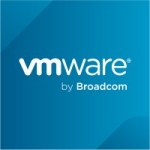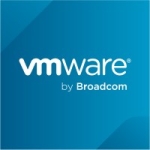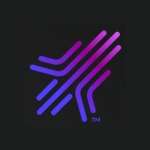What is most valuable?
Load balancing: RDS Broker servers divide user sessions evenly among the RDS Host servers that host the applications. You can install multiple RDS Broker servers in an RDS cluster; this is built-in and no extra resources are needed. Optionally, the cluster can be made Highly Available if needed.
High Availability (HA): easy to set up - once the MS SQL database is created and the RDS Broker servers have the needed rights, the database is created automatically and HA is enabled.
How has it helped my organization?
Applications are ready for BYOD scenario’s, since RDP is a multi-OS/device technology. No more app testing for client OS migrations.
The valuable features I mentioned assure a stable and highly available environment with maximum uptime for business users. Also, they assure that assigned resources (application RDS hosts) are optimally used, without the need for any extra administrator intervention or monitoring.
What needs improvement?
Currently, installation of applications on an RDS farm must be performed manually on each server. This should be more controlled and automated.
Also, application sources are mixed on the file system and registry level. They should be in separate ‘containers’.
What do I think about the stability of the solution?
We did not have any problems with stability.
What do I think about the scalability of the solution?
There are no issues with scalability. At any time, an RDS Host server can be added to any server collection. Also, some additional parameters allow us tocontrol and scale the expected user load (session limit, RDS Host weight).
How are customer service and support?
Technical support is OK if you have MS Premier support.
Which solution did I use previously and why did I switch?
We did not previously use a different solution.
How was the initial setup?
Installation of the RDS farm was pretty easy. Configuration is a little harder; you need to configure trusted certificates (RDS 2012 allows HTTPS only), add groups and group policies for users, RDS hosts, server collections, etc.
Once configuration is done, management is easy.
What's my experience with pricing, setup cost, and licensing?
There are two choices for RDS CALs (Client Access Licenses). Device CALs are cheap but allow low user mobility and require a high management effort (‘static’ or ‘task station’ scenario). User CALs are 20% more expensive, but offer high mobility and low management cost (‘dynamic’ or ‘mobile’ scenario).
Which other solutions did I evaluate?
We did not evaluate any other options.
What other advice do I have?
My advice is to start in a lab environment to thoroughly test your infrastructure setup and configuration.
Use User CALs, they give much lower TCO.
Also, for applications you envision to provision on RDS, test whether they install correctly on Windows Server.
Disclosure: My company has a business relationship with this vendor other than being a customer. We have a partnership with Microsoft.



















Nice review! I just wanted to mention that I love deploying remote desktop solutions - whether its gateways or rdp farms.
However one thing that still bugs me is remote printing..
Ever since "Easy print" was introduced it caused a lot of complications with remote printing, so the only thing I would like to mention is - disable "easy print" if you want to avoid issues with remote printing.
When disabling "easy print" we basically say to windows look to see if a driver is installed before giving the printer a generic one!
Wissam